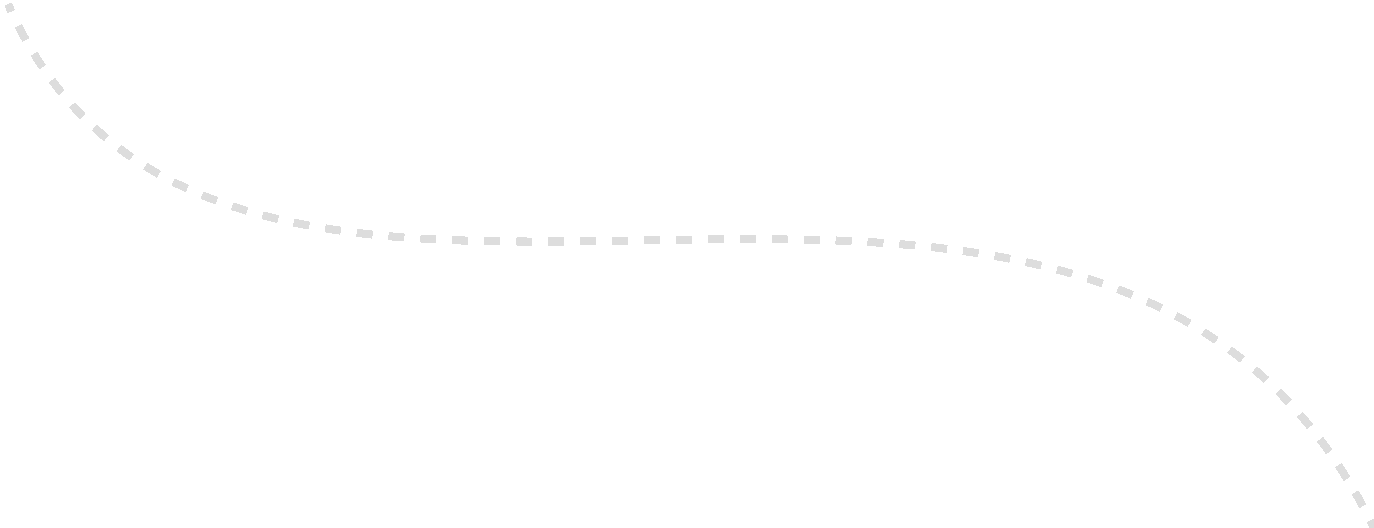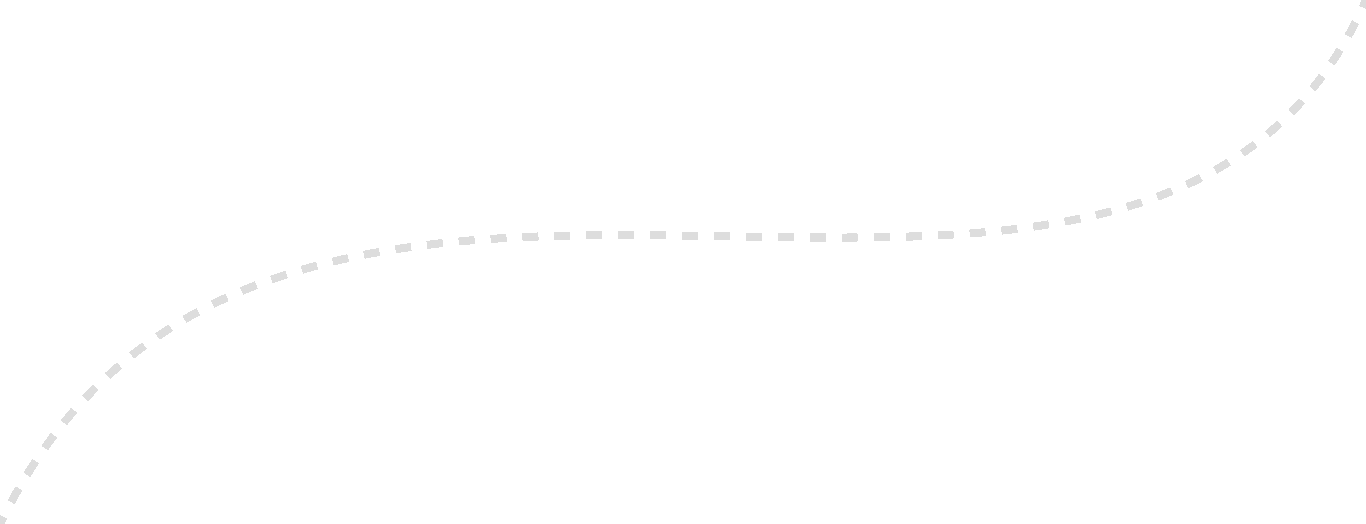


General Faqs
To know more Visit our Website here
- Patentability Search
- Validity/Invalidity Search
- Infringement Search
- Freedom-to-Operate (FTO) Search
- Claim Charting
- Landscape
- Novelty/Prior Art Search
To know more Visit our Website here
- Check if the product you are considering already has existing patents, trademarks, copyrights, or other forms of intellectual property protection. Launching a product that infringes on existing IP can lead to legal consequences.
- Consider if you can bring innovation or differentiation to the product. If you can offer improvements, additional features, better quality, or a unique value proposition, it may be possible to compete effectively.
To know more Visit our Website here

Patent Validity Search




Prior Art Search
- Define the Scope
- Identify Relevant Patent Offices
- Use Patent Databases
- Keywords Selection
- Classify the Invention
- Document and Analyze Results or many more combined search

Patentability Search
- Expertise in Search Techniques
- Access to Specialized Databases
- Understanding of Legal Aspects
- Thoroughness and Accuracy
- Objective Analysis
- Define the Invention Clearly
- Identify Relevant Keywords and Phrases
- Use Patent Classification Codes
- Search in Multiple Patent Databases




Patent Drafting & Drawings
- Problem or Challenge
- Inventive Solution
- Novelty and Uniqueness
- Advantages and Benefits
- Inventive Step or Non-Obviousness
To know more Visit our Website here
To know more Visit our Website here

FTO Search
To know more Visit our Website here
To know more Visit our Website here
To know more Visit our Website here



Contact with Us

If you have any specific questions or if there's anything else I can assist you with, feel free to let me know!


